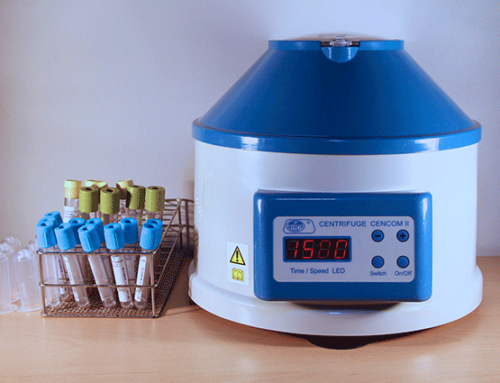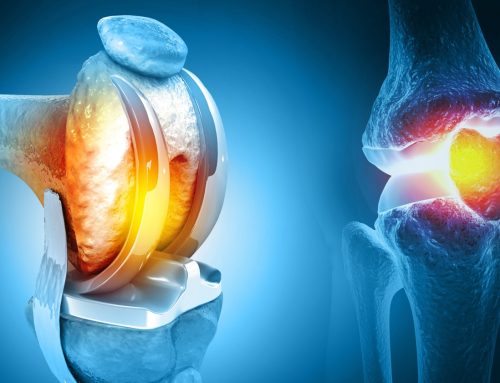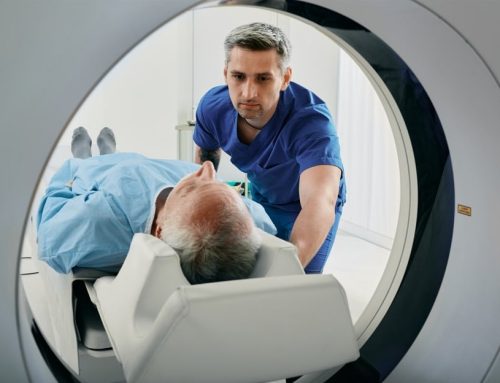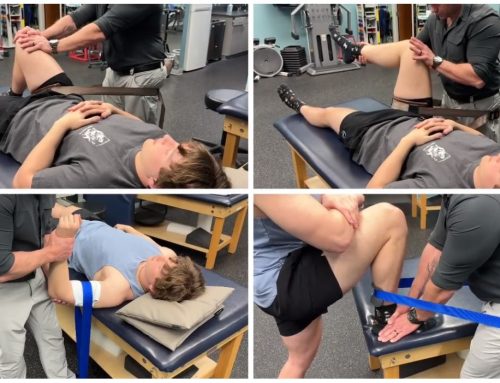Have you ever wondered what’s the difference between a fracture and a break? The simple answer is that fracture is the medical term for a broken bone. So, a fracture and a break are essentially the same things. However, there is a difference between a fracture and a sprain. In this blog, we will explain what fractures and sprains are and the differences between the two.
What is a fracture?
A fracture occurs when the bone is broken. The bone can be cracked, splintered or completely broken into separate pieces. There are many types of fractures, too.
A stress fracture is a small crack in the bone that often happens from overuse. This type of break usually affects the weight-bearing bones of the leg, such as the shinbone or thighbone.
A hairline fracture is a very thin break in the bone. This type of break may not show up on an X-ray right away.
A greenstick fracture is when the bone cracks but does not break all the way through. It usually happens to children because their bones are softer than adult bones.
A comminuted fracture is when the bone shatters into more than two pieces.
An open or compound fracture is when the bone pierces through the skin.
What is a sprain?
A sprain is an injury to a ligament, which is the tissue that connects bones at a joint. A ligament can be stretched, torn or completely detached from the bone. Just like fractures, there are different types of sprains.
A first-degree sprain is mild, where the ligament is stretched but not torn.
A second-degree sprain is moderate, where the ligament is partially torn.
A third-degree sprain is severe, where the ligament is completely torn.
What are the differences between fractures and sprains?
There are several key differences between a fracture and sprain.
The location of injury: Fractures typically involve a break in the bone, while sprains involve an injury to the ligament.
The severity of injury: Fractures can be classified as open or closed, while sprains are classified as a first, second or third degree.
Treatment: Fractures can cause a bone to pierce through the skin, while sprains will not. Fractures typically require a period of immobilization followed by physical therapy during the healing process, while sprains may only require rest, ice and over-the-counter medication.
Recovery time: Fractures can take weeks or even months to heal, while sprains usually heal within days or weeks.
How is a fracture or sprain diagnosed?
Your doctor will likely ask about your symptoms and how the injury occurred. They will also perform a physical examination, during which they will assess the injured area for pain, swelling, deformity and tenderness. X-rays are typically used to confirm the presence of a fracture, though are not usually needed for a sprain. In some cases, further imaging (such as an MRI) may be necessary for a better look at the injury.
How are fractures treated?
The severity of the break will dictate the course of treatment. Most breaks require some form of immobilization (such as a cast) to allow the bone to heal properly. Surgery may also be necessary in some cases. More severe injuries may require you to stay in the hospital for observation and care.
How are sprains treated?
The treatment for a sprain is typically less invasive than that of a fracture. Rest, ice, compression and elevation (RICE) are often recommended to help reduce swelling and pain. You may also need to wear a splint or brace in some cases. Your healthcare provider may also recommend physical therapy to help restore range of motion and strength.
What are the complications associated with fractures?
An improperly treated fracture can lead to complications, such as infection, nerve damage and joint problems. The bone may not heal correctly in some cases, leading to chronic pain or disability.
What are the complications associated with sprains?
An improperly treated sprain can lead to complications such as persistent pain, joint instability and decreased range of motion. In severe cases, a complete tear of the ligament may occur, which may require surgery to repair.
When should I see a doctor?
If you think you may have broken a bone or suffered a severe sprain, it is crucial to seek medical attention as soon as possible.
Ice and rest may be enough to help the ligament heal properly in milder sprains. However, if pain persists or worsens, it is always best to check with a doctor to rule out any serious injury.
Schedule an appointment with our offices today if you think you may have a bone injury.






